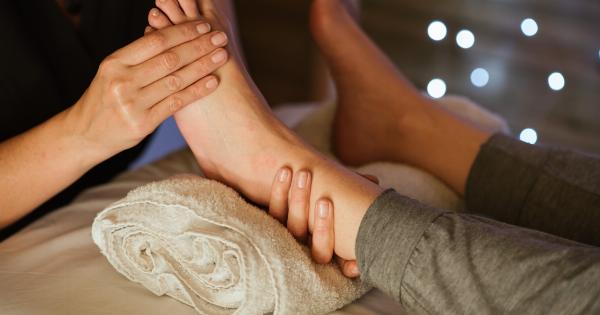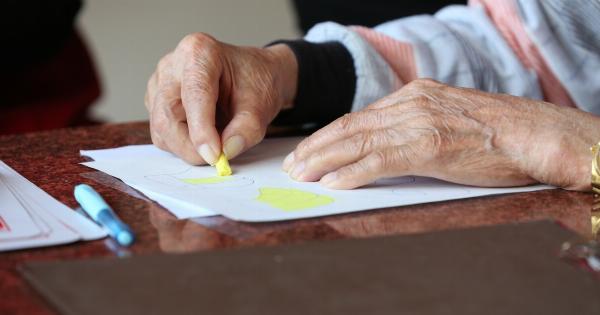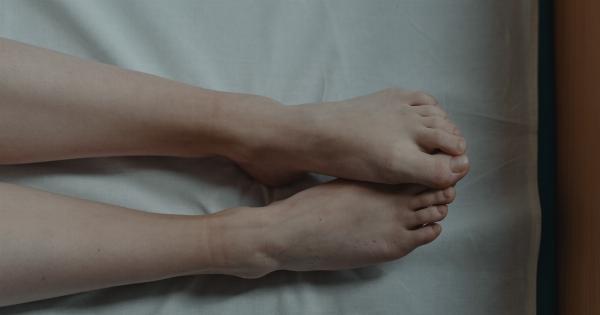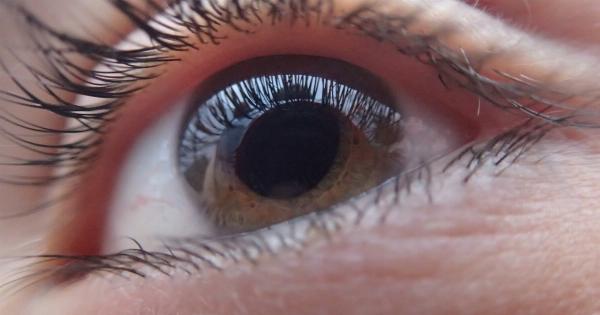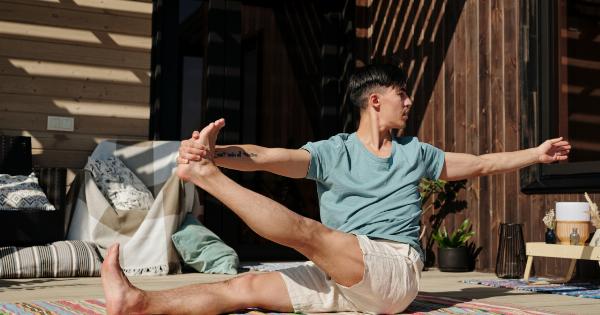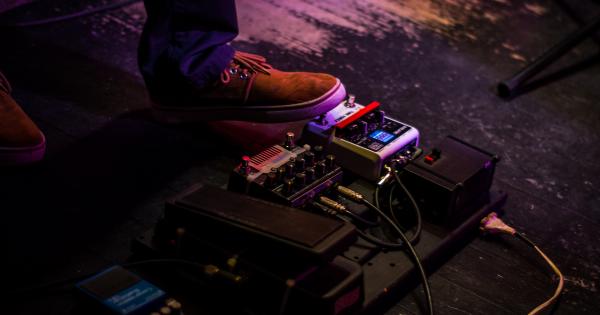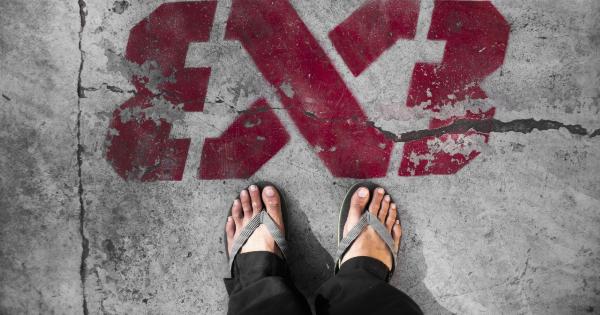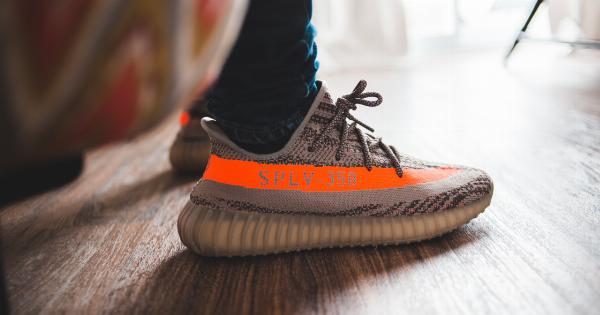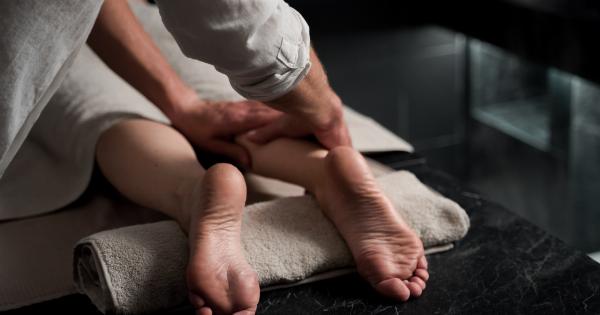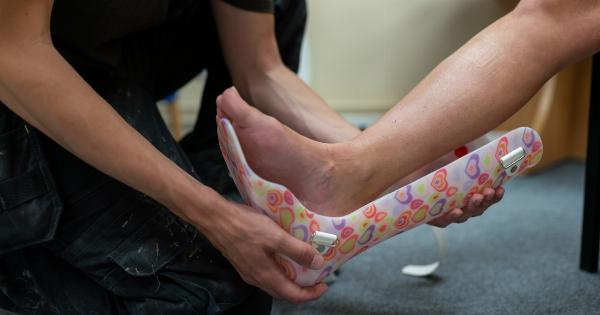As we age, foot problems become increasingly common and can greatly impact our overall mobility and quality of life.
From common conditions like bunions and plantar fasciitis to more serious issues such as arthritis and diabetic neuropathy, it is essential to focus on healing and preventing foot problems to maintain our ability to stay active and independent. In this article, we will explore various foot problems that tend to arise with age and discuss effective strategies for healing and preventing them.
Understanding Common Foot Problems
There are several foot problems that frequently affect individuals as they age. It is vital to understand these conditions and their causes to effectively address and manage them. Some of the most common foot problems include:.
Bunions
Bunions are bony protrusions that develop at the base of the big toe. They often cause pain, swelling, and discomfort, making it challenging to walk or wear certain types of shoes.
Bunions typically form due to a combination of genetic factors and wearing ill-fitting footwear.
Hammertoes
Hammertoes are a deformity that causes one or more toes to bend abnormally. They can be painful and lead to difficulties while walking or wearing shoes. Long-term use of narrow or high-heeled shoes is a common contributor to hammertoe formation.
Plantar Fasciitis
Plantar fasciitis is a condition characterized by inflammation of the plantar fascia, a band of tissue that connects the heel bone to the toes.
It often causes stabbing pain in the heel or arch of the foot, especially during the first steps in the morning. Overuse, wearing improper footwear, and certain medical conditions contribute to plantar fasciitis.
Arthritis
Arthritis is a chronic joint disease that can affect various parts of the body, including the feet. Osteoarthritis and rheumatoid arthritis are common types that cause pain, stiffness, and swelling in the joints.
Arthritis in the feet can significantly impact mobility and require specialized treatment.
Diabetic Neuropathy
Diabetic neuropathy is a nerve disorder that arises as a result of prolonged high blood sugar levels. It often leads to tingling, numbness, or loss of sensation in the feet, making it difficult to detect injuries.
Proper foot care and regular check-ups are essential for individuals with diabetes to prevent complications.
Healing and Preventing Foot Problems
While foot problems are common with age, there are several effective strategies for healing and preventing them:.
1. Wearing Proper Footwear
Investing in well-fitting shoes that provide proper support and cushioning can significantly reduce the risk of foot problems. Opt for shoes that have a wide toe box, good arch support, and shock-absorbing soles.
Avoid high heels, pointy-toed shoes, and excessively flat footwear.
2. Maintaining a Healthy Weight
Excess weight puts additional pressure on the feet and exacerbates foot problems.
By maintaining a healthy weight through a balanced diet and regular exercise, individuals can alleviate strain on the feet and decrease the likelihood of developing or worsening foot conditions.
3. Regularly Exercising and Stretching
Engaging in low-impact exercises like walking, swimming, or cycling helps improve foot strength and flexibility. Additionally, stretching exercises that target the calf muscles and plantar fascia can prevent conditions such as plantar fasciitis.
4. Proper Foot Hygiene
Practicing good foot hygiene is crucial in preventing infections and other foot problems. Wash feet daily with warm water, dry them thoroughly, and apply moisturizer to prevent dryness and cracking.
Regularly trimming toenails straight across and seeking medical attention for any abnormalities or infections is essential.
5. Using Orthotic Inserts
Orthotic inserts or arch supports can provide additional cushioning and support to alleviate foot pain and enhance overall comfort.
These inserts can be custom-made or purchased over-the-counter, depending on the individual’s specific foot condition.
6. Managing Medical Conditions
Properly managing medical conditions such as diabetes and arthritis plays a vital role in foot problem prevention.
Regularly monitoring blood sugar levels, taking prescribed medications, and following a healthcare provider’s recommendations can minimize the risk of complications affecting the feet.
7. Regular Foot Examinations
Keeping track of any changes or abnormalities in the feet by conducting regular self-examinations is crucial. Look for cracks, sores, redness, or swelling.
If any issues are noticed, consult a healthcare professional promptly for appropriate diagnosis and treatment.
8. Seeking Professional Foot Care
Foot conditions can be complex, especially when multiple problems are present. Accordingly, seeking professional foot care from podiatrists or foot specialists is highly recommended.
They can provide expert diagnosis, suggest appropriate treatment options, and offer guidance on managing foot problems effectively.
9. Using Ice and Elevation
If foot pain or swelling occurs, using ice packs wrapped in a thin cloth can help reduce inflammation. Elevating the feet above heart level while sitting or lying down can also alleviate swelling and discomfort.
10. Practicing Foot Exercises
Performing regular foot exercises can enhance strength and flexibility while improving overall foot health. Exercises like toe curls, ankle rotations, and picking up objects with the toes can help prevent and alleviate common foot problems.
Conclusion
Foot problems are prevalent as we age, but by incorporating preventive measures and adopting healthy foot care habits, we can minimize their impact on our well-being.
By wearing proper footwear, maintaining a healthy weight, exercising regularly, practicing good foot hygiene, and seeking professional care when necessary, we can enjoy optimal foot health and ensure our mobility remains intact well into our senior years.


